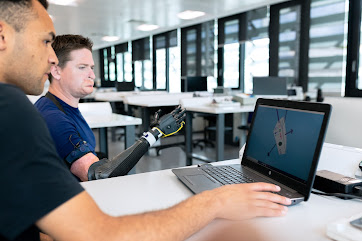About ChatGPT
ChatGPT is a language model based on the GPT-3.5 architecture, trained by OpenAI to understand natural language and generate human-like responses to a wide variety of prompts. With a knowledge cutoff date of 2021, ChatGPT is capable of answering questions and engaging in conversations on a diverse range of topics, drawing on a vast database of text from books, articles, and other sources.
At its core, ChatGPT uses a deep learning algorithm to process natural language inputs and generate outputs that are designed to resemble human speech. To do this, the model is trained on a massive dataset of text, using an unsupervised learning approach that allows it to learn patterns and structures in language without explicit instruction.
Once trained, ChatGPT can be used in a variety of ways. One of its most common applications is in chatbots and virtual assistants, where it can provide automated responses to customer queries and other interactions. However, ChatGPT can also be used for a variety of other tasks, including content creation, translation, and even creative writing.
To use ChatGPT, all you need to do is provide a prompt or question in natural language. The model will then generate a response that is designed to be as accurate and relevant as possible, drawing on its vast knowledge base to provide insights and information that are tailored to your needs. While ChatGPT is not perfect and may occasionally generate errors or irrelevant responses, it is constantly evolving and improving as it is exposed to new data and fine-tuned through feedback and refinement.
Overall, ChatGPT is a powerful tool for understanding and processing natural language, with a wide range of applications in fields as diverse as customer service, content creation, and scientific research. Whether you're looking for answers to complex questions or simply want to engage in a conversation with an intelligent chatbot, ChatGPT has the power and flexibility to meet your needs.



Comments
Post a Comment